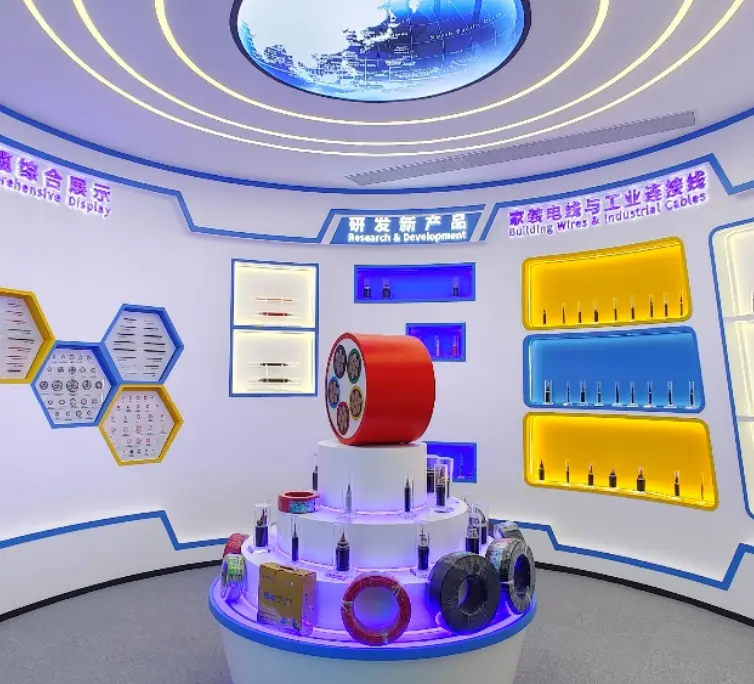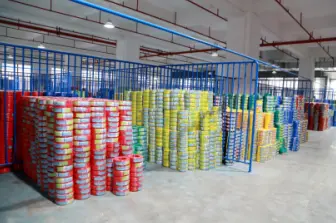Connecting Skies: The Role of Aerial Copper Cables in Airborne Communication Systems
In the fast-paced world we live in, communication is key to our daily lives. From our smartphones to internet connectivity, we rely heavily on various communication systems. However, have you ever stopped and wondered how these systems function seamlessly even at high altitudes? One crucial component in airborne communication systems is the flat twin wire, and in this blog, we will explore its role in connecting skies.
Introduction to Aerial Copper Cables
Aerial copper cables play a vital role in the transmission of signals and data in airborne communication systems. These aerial copper cables are designed to withstand the harsh conditions and high altitudes encountered during flight. Among various types of aerial copper cables, the aerial copper cable has emerged as a dependable solution due to its unique characteristics.
The Advantages of Aerial Copper Cable
Aerial copper cable has gained popularity in the aviation industry due to its numerous benefits. Firstly, its flat design allows for easier installation and maintenance as compared to round cables. This is crucial in aircraft where space is limited and efficient use of available area is paramount.
Additionally, the aerial copper cable offers improved flexibility, making it ideal for routing through tight spaces. Its flexibility ensures that it can withstand the vibrations and movements experienced during flight without compromising signal quality. This is crucial as uninterrupted communication is essential for the safety and efficiency of airborne operations.
Furthermore, the aerial copper cable's copper composition makes it an excellent conductor of electrical signals, ensuring reliable and efficient data transmission. The high conductivity of copper contributes to minimal signal loss over long distances, enabling seamless communication between aircraft and ground stations.
Applications of Aerial Copper Cable in Airborne Communication Systems
The applications of aerial copper cable in airborne communication systems are diverse. One prominent application includes the transmission of voice and data signals between an aircraft and air traffic control. Clear and reliable communication is essential to ensure the safety of aircraft and passengers during takeoff, landing, and during flight.
Moreover, aerial copper cable plays a crucial role in onboard communication systems, connecting various onboard devices and systems. From in-flight entertainment systems to cockpit instrumentation, reliable data transmission is vital for the overall functionality and efficiency of an aircraft.
The Future of Aerial Copper Cables
As technology continues to advance, the demand for reliable and efficient communication systems in the aviation industry is increasing. Aerial copper cables are well-positioned to meet these demands.
With ongoing research and development, the future of aerial copper cable looks promising. Innovations in material composition and design are being explored to improve its performance and longevity. Additionally, advancements in insulation technology aim to enhance the cables' resistance to extreme temperatures and other external factors.
In conclusion, the role of aerial copper cable in connecting skies cannot be underestimated. Its unique characteristics such as easy installation, improved flexibility, and high conductivity make it an ideal choice for airborne communication systems. As the aviation industry continues to evolve, the future of aerial copper cables, including flat twin wire, remains bright, ensuring seamless communication and improved safety in the skies.
Latest News & Blog
 English
English  français
français  Deutsch
Deutsch  العربية
العربية  tiếng việt
tiếng việt  ไทย
ไทย  čeština
čeština  Indonesia
Indonesia  Eesti
Eesti  български
български  slovenčina
slovenčina 



